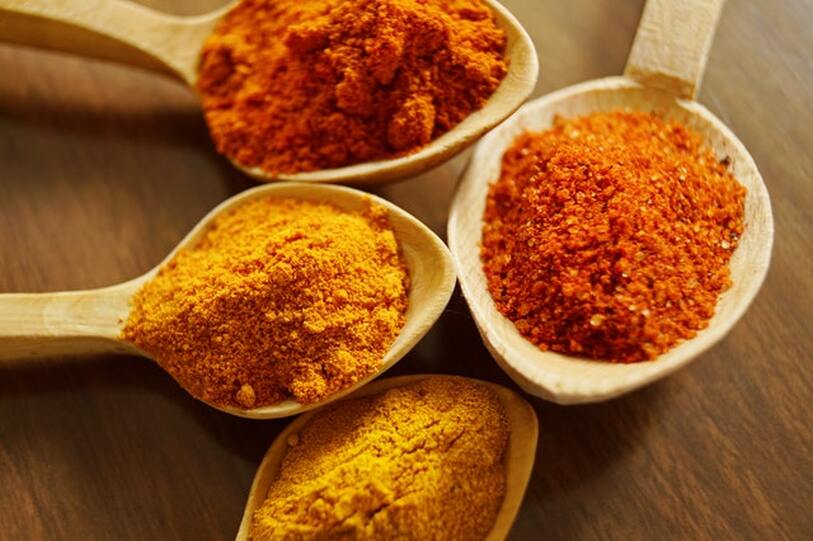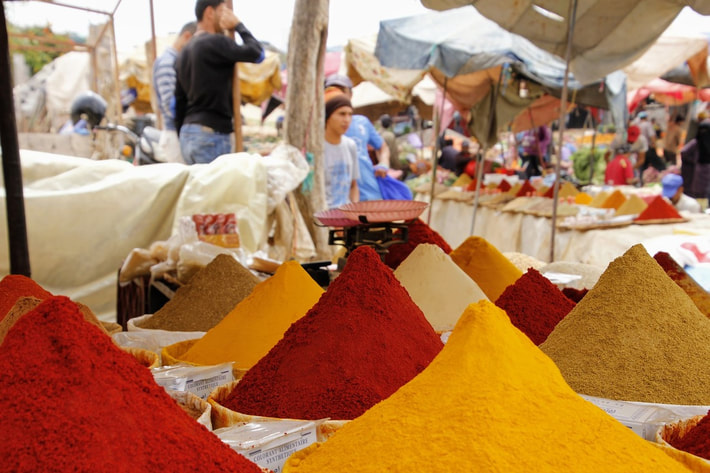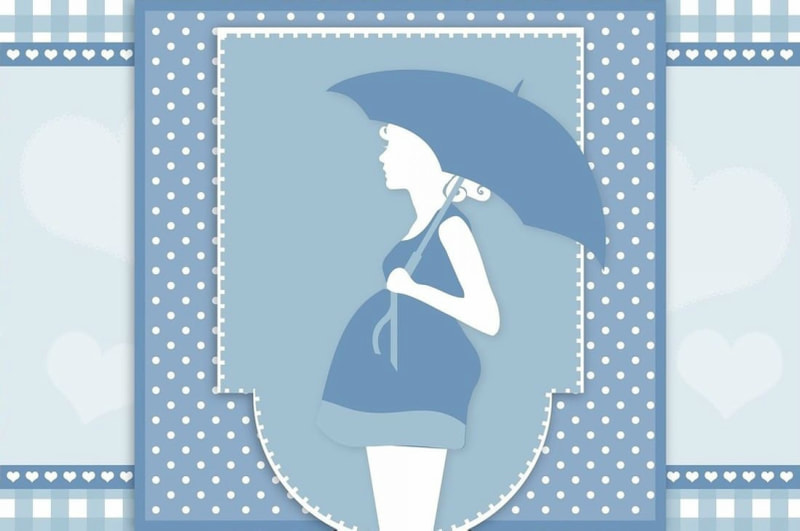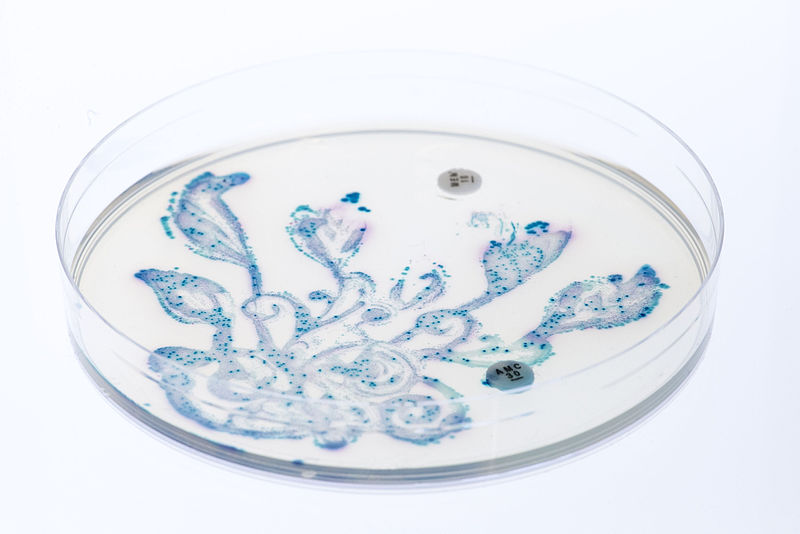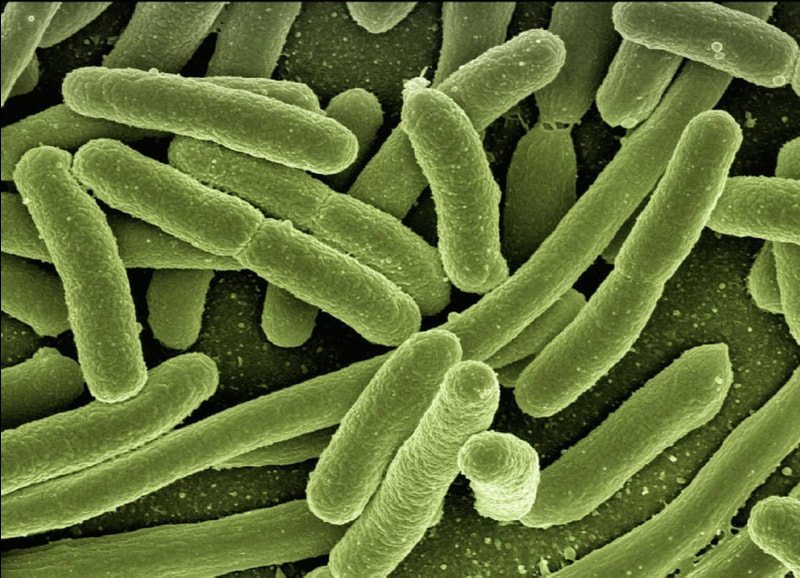The Spice of Life: Turmeric
India is the well-known birthplace of curry. With its exotic spices and fragrant aromas, Indian curry has inspired people from other countries to make their own delicious variations. One of curry’s main spices, known as turmeric, gives curry its slight bitter taste and yellow color due to the presence of a compound known as curcumin. This compound is also well known in the medical field for its anti-inflammatory properties.
Researchers from the University of South Australia, McMaster University of Canada, and Texas A&M University sought to determine the effectiveness of curcumin in suppressing the Herpes Simplex Virus Type 2 (HSV-2) infections due to these anti-inflammatory properties. HSV-2 is a sexually transmitted disease (STD) more commonly found in women since their genital tracts are more prone to mucosal inflammation. This weakens the mucosal lining and facilitates viral infection into the body. The aim of the study was to determine whether curcumin could decrease female genital tract (FGT) inflammation and suppress HSV-2 infection.
Researchers from the University of South Australia, McMaster University of Canada, and Texas A&M University sought to determine the effectiveness of curcumin in suppressing the Herpes Simplex Virus Type 2 (HSV-2) infections due to these anti-inflammatory properties. HSV-2 is a sexually transmitted disease (STD) more commonly found in women since their genital tracts are more prone to mucosal inflammation. This weakens the mucosal lining and facilitates viral infection into the body. The aim of the study was to determine whether curcumin could decrease female genital tract (FGT) inflammation and suppress HSV-2 infection.
Image Source: Peggy_Marco
To begin, the researchers encapsulated curcumin in nanoparticles to increase its bioavailability, or the fraction of the drug that gets absorbed into the body. These nanoparticles were delivered to female mice in three different routes: oral, intraperitoneal, and intravaginal routes. This was done for four trials. In the first trial, several mice were pre-treated with nanoparticles either orally or intraperitoneally. They were then administered CpG oligodeoxynucleotides (CpG-ODNs) intravaginally, which were molecules that induced inflammation in the mice FGT and served as a proxy for HSV-2 infection. No anti-inflammatory properties were observed, so the curcumin treatment was not effective. In the second trial, curcumin was delivered intravaginally prior to CpG-ODNs treatment. This resulted in reduced inflammation in the FGT of the mice. In the third trial, mice were subjected to sub-lethal and lethal doses of HSV-2 after intravaginal treatment of curcumin. Unfortunately, no anti-inflammatory properties were observed. In the last trial, solid dispersion formulations of nanoparticle-encapsulated curcumin were delivered intravaginally prior to HSV-2 infection. This resulted in decreased tissue inflammation and increased survival rates of the mice. Overall, the results suggested that intravaginal routes were most effective in suppressing HSV-2 pathogenicity.
While the research seems promising, there are several limitations worth noting. First, these trials were done on female mice. Although women are more vulnerable to HSV-2 infections, men who often engage in sexual activity can also contract HSV-2 frequently. Since males and females have different body types and may respond to drug treatments differently, it is hard to conclude that the same results from this study would also extend to the male population. Furthermore, even though mice share a significant amount of their genes with humans, they are often poor models for drug therapies. For example, their metabolic rate is much slower than humans, which may affect drug effectiveness. Significant differences between mice and human immune systems may also skew these results. For example, other diseases that also cause inflammation may trigger different inflammatory cells in mice than in humans. With these limitations aside, however, these new findings highlight curcumin’s tremendous potential in aiding human health.
Featured Image Source: Marta Branco
RELATED ARTICLES
|
Vertical Divider
|
Vertical Divider
|
Vertical Divider
|

